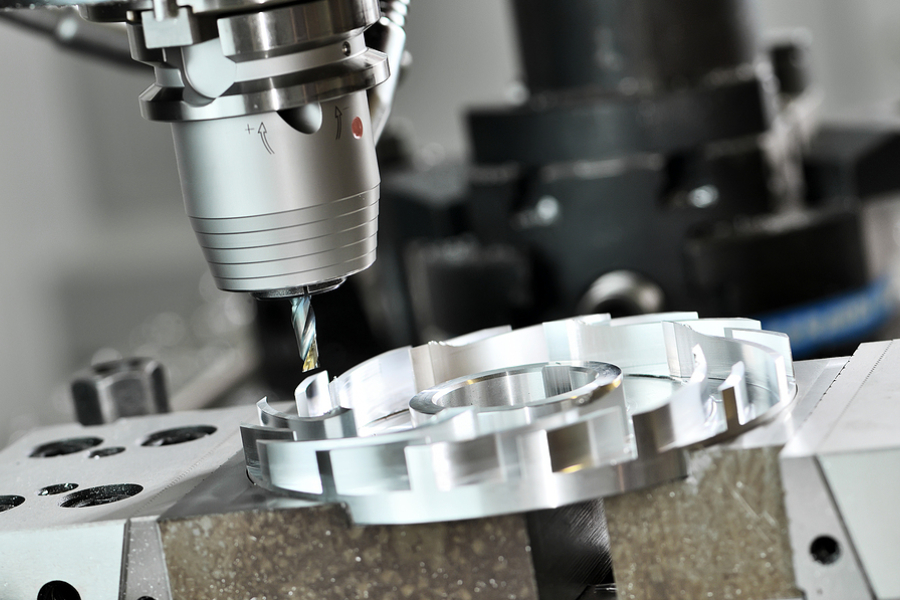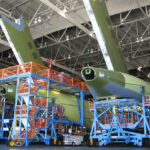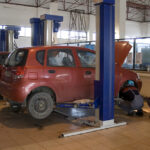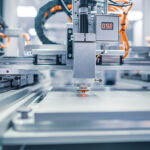CNC (Computer Numerical Control) turning and milling are two of the most common processes for creating intricate parts and components. While both techniques involve the removal of material to achieve a desired shape, they differ significantly in their approach, capabilities, and applications.
In this article, we’ll delve into the nuances of CNC turning and milling, exploring their key differences and when each method is best suited for specific manufacturing needs.
Understanding CNC Turning
CNC turning is a process used to create cylindrical parts by rotating a workpiece against a cutting tool. The cutting tool traverses along the length of the rotating workpiece, removing material to achieve the desired shape. Here’s a closer look at the key features of CNC turning:
- Rotational Motion: In CNC turning, the workpiece is mounted on a spindle and rotates about its axis. The cutting tool, which is stationary or moves along the axis of the machine, removes material from the rotating workpiece.
- Single-Point Cutting: CNC turning primarily utilizes single-point cutting tools to remove material. These tools typically have a cutting edge that contacts the workpiece at a single point, enabling precise shaping and profiling.
- Symmetrical Parts: CNC turning is well-suited for producing symmetrical parts, such as shafts, pins, and bushings, that require cylindrical or conical features. It excels at creating external and internal geometries with high precision and surface finish.
Exploring CNC Milling
CNC milling, on the other hand, is a process used to create complex parts by removing material from a solid block or workpiece using rotating cutting tools. The cutting tools move along multiple axes (typically three or more), allowing for a wide range of machining operations. Here’s an overview of the key features of CNC milling:
- Linear Motion: In CNC milling, both the cutting tool and the workpiece can move along multiple axes, including X, Y, and Z. This allows for versatile machining operations, including cutting, drilling, facing, and contouring.
- Multi-Point Cutting: CNC milling employs multi-point cutting tools, which have multiple cutting edges. These tools can remove material from the workpiece simultaneously, enabling faster material removal rates and increased productivity.
- Complex Geometries: CNC milling is ideal for creating complex parts with intricate geometries, such as pockets, slots, holes, and contours. It offers greater flexibility and design freedom compared to turning, making it suitable for a wide range of applications across various industries.
- Versatility: CNC milling machines can accommodate a wide range of materials, including metals, plastics, and composites. They can also perform a variety of machining operations, from simple 2D profiling to complex 3D surface machining.
Key Differences Between CNC Turning and Milling
While both CNC turning and milling involve material removal to shape parts, they differ in several key aspects:
- Geometries: CNC turning is best suited for creating cylindrical or conical parts with symmetrical features, while CNC milling is ideal for producing parts with complex geometries, including pockets, holes, and intricate contours.
- Tooling: CNC turning primarily uses single-point cutting tools, whereas CNC milling employs multi-point cutting tools. This difference in tooling affects the types of features that can be machined and the speed at which material can be removed.
- Workpiece Orientation: In CNC turning, the workpiece rotates about its axis, while in CNC milling, the workpiece remains stationary or moves along multiple axes. This difference in workpiece orientation impacts the machining strategies and tool paths used in each process.
- Applications: CNC turning is commonly used for producing cylindrical parts, such as shafts, pins, and bushings, while CNC milling is suitable for creating a wide range of parts, including prototypes, tooling, and complex components for aerospace, automotive, and medical industries.
Conclusion
CNC turning and milling are two fundamental machining processes used in modern manufacturing to create precision parts and components. While turning is ideal for producing cylindrical parts with symmetrical features, milling excels at creating complex geometries and intricate contours. By understanding the differences between these two processes, you can make an informed decision on which method is best suited for your specific manufacturing needs. Whether you’re producing simple shafts or intricate prototypes, CNC turning and milling offer versatile solutions for achieving precise and high-quality results in the world of precision machining.
For reliable and high-quality CNC machining services, reach out to Monster Builder, your trusted partner in metal fabrication and machining. We also offer 3D printing and sheet metal fabrication services. Do reach out to us for more information.






